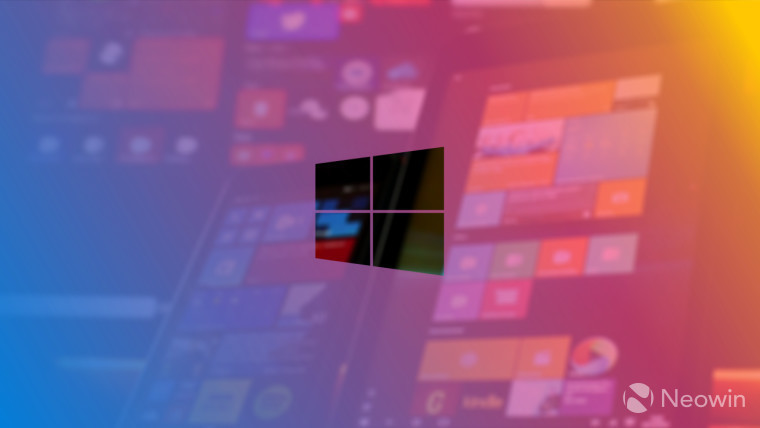
On Friday, Microsoft will end its year-long Windows 10 free upgrade offer for Windows 7 and 8.1 users. The company has faced widespread criticism over its approach to encouraging users to upgrade to its latest operating system, with many accusing the firm of making the process of declining that offer needlessly difficult and confusing.
That criticism has spread around the world, including China, where there have been murmurs of possible legal action over Microsoft's upgrade efforts. Last month, a woman successfully sued Microsoft in California, winning $10,000 from the company after an automatic Windows 10 installation failed, causing issues for her PC. Microsoft did not admit any wrongdoing in that case, saying that it chose not to appeal to avoid further legal costs.
Now, Microsoft is facing further legal action over the handling of its free upgrade offer, both at home and abroad. As The Seattle Times reports, three men filed a lawsuit against Microsoft in the US District Court in Florida last week, claiming that the frequent 'Get Windows 10' upgrade prompts were in violation of laws regarding unsolicited electronic advertising, and potentially in breach of Federal Trade Commission regulations on 'deceptive and unfair practices'.
Microsoft is also being sued in Haifa, Israel, over allegations that Windows 10 was installed on PCs without their owners' consent, which the lawsuit argues is contrary to Israeli law.
Both of these lawsuits are seeking class action status, which - if awarded - would open up the company to considerably wider, and costlier, litigation than dealing with a handful of individual cases.
In a statement, Microsoft said: "We believe the plaintiffs’ claims are without merit and we are confident we’ll be successful in court.” It also emphasized that Windows 10 upgrades are optional, not mandatory, and that users can roll back to their previous OS version within a month of upgrading to Windows 10 if they wish.
Source: The Seattle Times
Timeline: Windows 10 free upgrades

- July 29, 2015: Microsoft launches Windows 10, and begins offering the new OS as a free upgrade to consumers with Windows 7 and 8.1 devices.
- September 2015: Microsoft starts downloading Windows 10 to PCs regardless of whether or not users have expressed a desire to upgrade. Some users note that the large download - up to 6GB in size - has significantly eaten into their monthly data caps, without their prior knowledge.
- October 2015: Users report that the optional 'Upgrade to Windows 10' checkbox in Windows Update has been pre-ticked, prompting the upgrade to begin without them specifically opting in. Microsoft says that "this was a mistake".
- December 2015: Microsoft revises its Get Windows 10 app - which lets users know that they can install the new OS - offering users just two clear options: "upgrade now" or "upgrade tonight", with no obvious means of opting out entirely.
- January 2016: Frustrated users who have modified the registry on their PCs - mostly using third-party software to do so - find that Microsoft has updated their systems with software that rewrites their registry edits back to the defaults, re-enabling its prompts to upgrade.
- February 2016: As it said it would do in October 2015, Microsoft makes Windows 10 a 'recommended' rather than 'optional' update. For those with automatic updates enabled, the upgrade to Windows 10 begins without the need for users to opt in.
- May 2016: Microsoft begins assigning a date and time on which the OS will be upgraded to Windows 10, while still allowing users to reschedule the installation, or cancel it entirely. However, clicking the 'X' to close the window doesn't cancel the planned installation, as some users expected it would; many claim that Microsoft has deliberately changed that behavior, compared with December 2015, when closing the window would defer the upgrade prompt to a later date.
- June 2016: Microsoft revises the Get Windows 10 app, making it far easier for users to decline the free upgrade offer. While the move is broadly welcomed, many continue to criticize the company for not having made the change sooner.
- July 20, 2016: Microsoft makes a final push towards encouraging upgrades, introducing an 'alert' icon in the taskbar on Windows 7 and 8.1 devices, along with a countdown showing when the offer will end in the app.
- July 29, 2016: Microsoft will end its free upgrade offer. After this date, those wishing to upgrade their PCs to Windows 10 will have to purchase a new OS license, priced from $119.

















96 Comments - Add comment